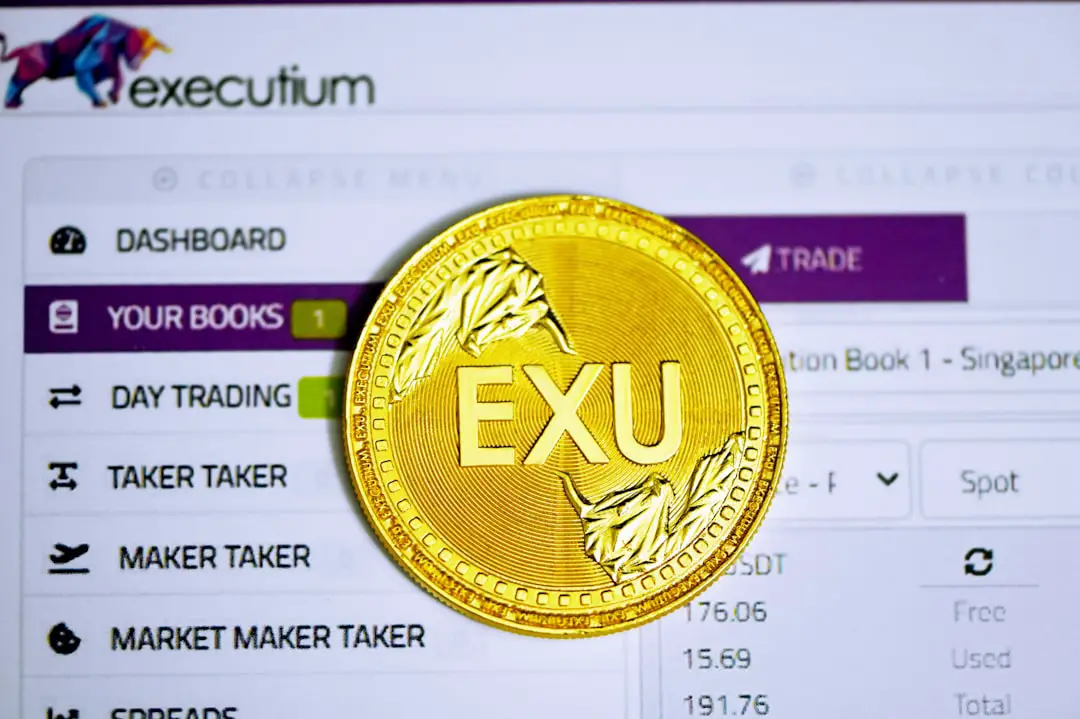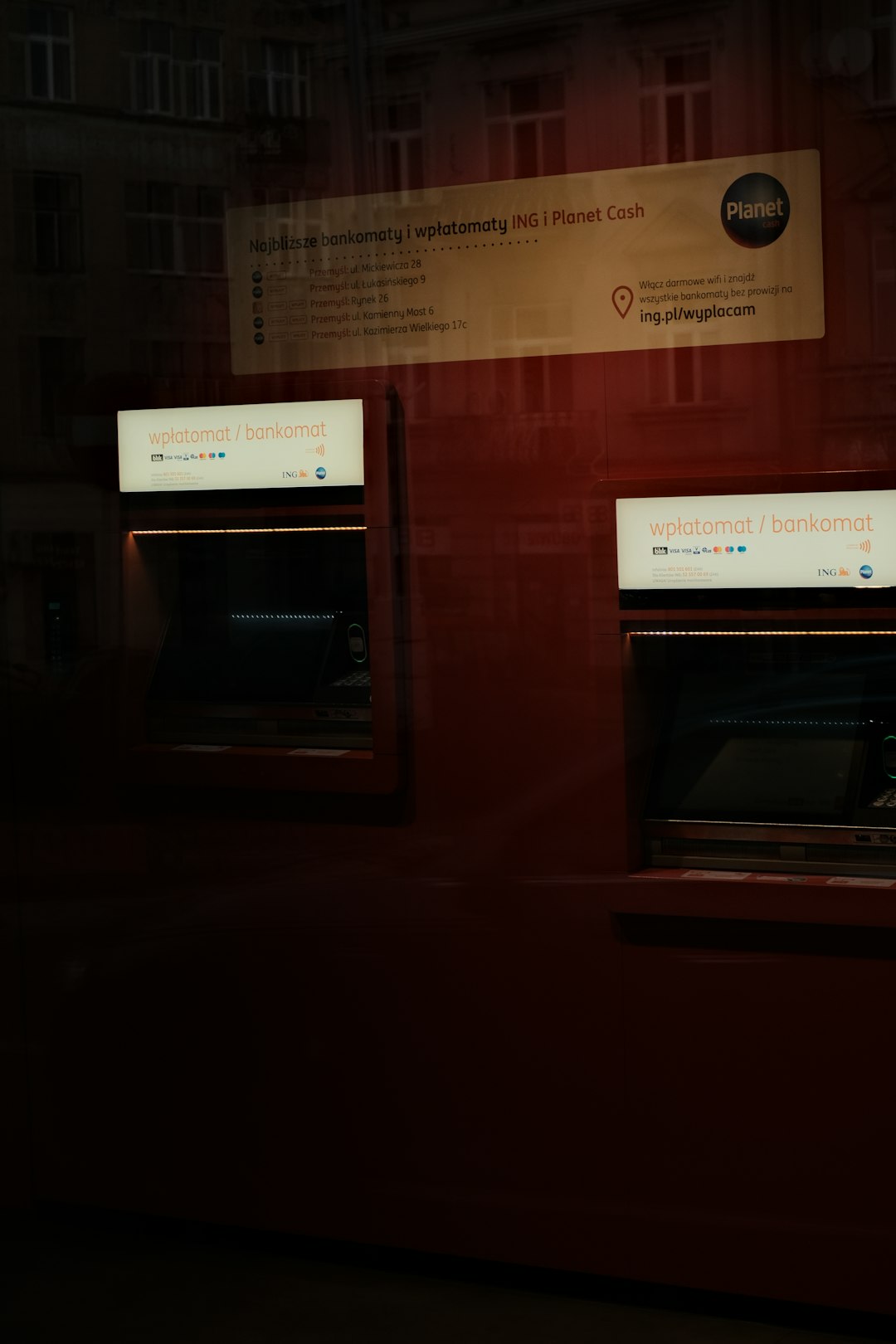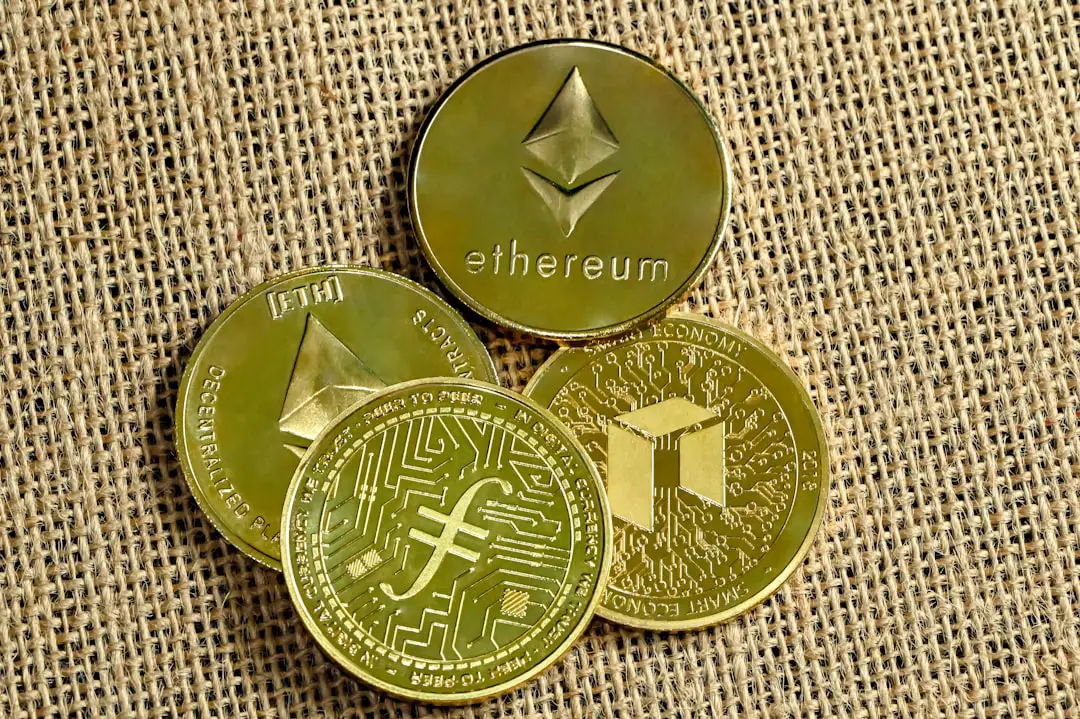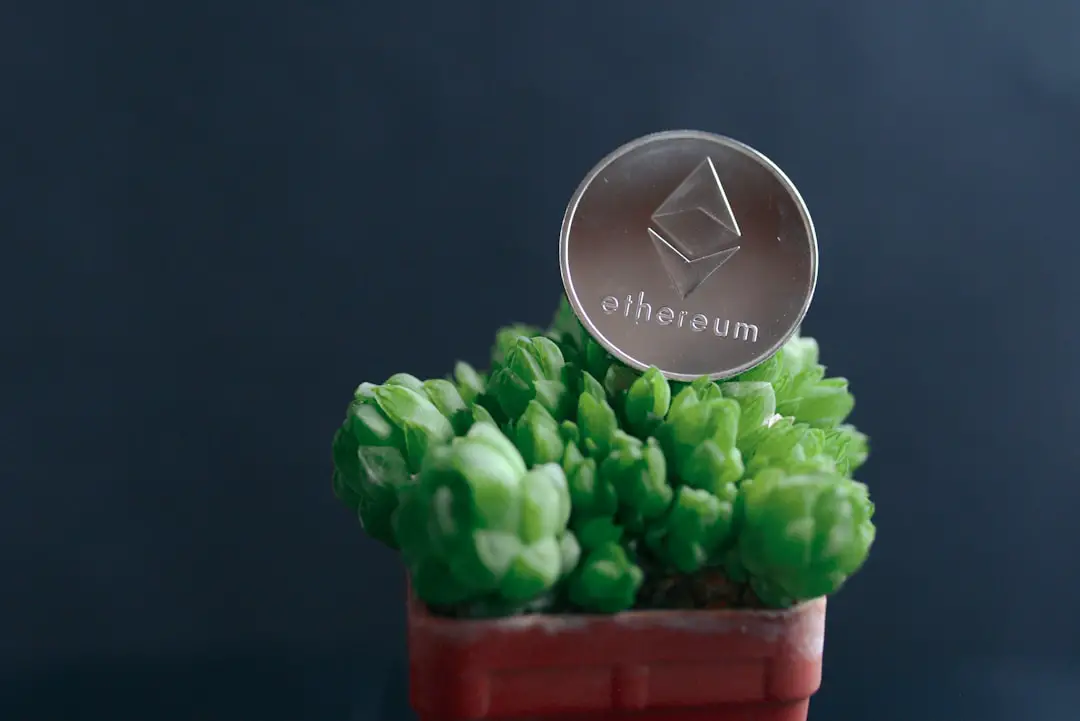In the rapidly growing ecosystem of decentralized finance, or DeFi, the need for fast, efficient, and cost-effective decentralized exchanges (DEXs) has become more prominent than ever. Among the various DEXs built on advanced blockchain protocols, Raydium stands out as a game-changer within the Solana blockchain ecosystem. Providing both decentralized trading and automated market-making (AMM) features, Raydium bridges the gap between centralized speed and decentralized security for cryptocurrency traders and liquidity providers alike.
What Is Raydium?
Raydium is an automated market maker and liquidity provider built on the high-speed Solana blockchain. What makes Raydium unique is its integration with Serum, Solana’s order book-based decentralized exchange. Unlike traditional Ethereum-based DEXs like Uniswap or SushiSwap that hold assets in liquidity pools, Raydium connects directly to a central limit order book, enabling liquidity to be shared across different platforms and expanding the trading volume significantly.

Key Features of Raydium
Raydium offers several features that enhance the user experience while reducing costs and transaction times. These features include:
- High-Speed Transactions: Leveraging Solana’s 400ms block times and scalable throughput over 65,000 transactions per second, Raydium processes trades almost instantly.
- Low Fees: Thanks to Solana’s minimal transaction costs, traders on Raydium experience significantly reduced gas fees.
- Serum Integration: Every liquidity pool on Raydium is connected to Serum’s order book, ensuring that users get the best price execution possible.
- Yield Farming: Users can stake liquidity provider (LP) tokens and earn rewards in the form of RAY tokens.
- Raydium Fusion Pools: Allow users to earn multiple token rewards by providing liquidity in partnered pools.
How Does Raydium Work?
Raydium functions similarly to other AMMs in the DeFi space, but with some notable differences due to its Serum integration. Here’s a snapshot of how it works:
- Provide Liquidity: Users deposit a pair of tokens into a liquidity pool on Raydium. This helps facilitate trading and, in return, they receive LP tokens.
- Trade or Swap: Users can swap tokens directly through Raydium’s interface. Unlike traditional AMMs that only execute trades against liquidity pools, Raydium places orders directly on Serum’s order book, tapping into global liquidity.
- Earn Rewards: Liquidity providers can stake LP tokens into farms to earn RAY tokens as passive income, creating a sustainable environment for both traders and investors.
- Trade on Accelerator: Raydium hosts launches for new projects through its “AcceleRaytor” platform, giving users early access to invest in upcoming tokens.
Why Choose Raydium Over Other DEXs?
Raydium combines the benefits of an AMM with a centralized order book, offering unparalleled speed and price optimization. Here are key reasons why users might choose Raydium:
- Better Price Execution: By using Serum’s order book, Raydium ensures better pricing and reduced slippage for traders.
- Shared Liquidity: Unlike standalone AMMs, Raydium pools are visible and accessible across the Serum ecosystem, increasing usability.
- Faster and Cheaper Transactions: Built on the Solana network, Raydium offers an experience comparable to centralized exchanges without sacrificing decentralization.
- Innovative Ecosystem: Raydium is deeply integrated into Solana’s ecosystem with connections to multiple upcoming DeFi projects and NFT platforms.

Understanding the RAY Token
RAY is the native token of the Raydium platform and plays a crucial role in governance and incentives. Holding and staking RAY allows users to participate in decision-making processes that shape the platform. Its utility includes:
- Governance: RAY holders can vote on key proposals affecting the protocol’s development and structure.
- Staking: Users can stake RAY tokens to earn additional RAY or other token rewards.
- Participation in Launches: Holding RAY gives users early access to new tokens launched via AcceleRaytor.
Using Raydium: A Step-by-Step Beginner’s Guide
New to Raydium? Here’s a simple guide to get started:
- Create a Wallet: Download a Solana-compatible wallet like Phantom, Sollet, or Solflare.
- Add Funds: Transfer SOL (Solana’s native token) into your wallet. SOL is needed to pay for transaction fees.
- Connect to Raydium: Visit Raydium.io and connect your wallet.
- Trade or Provide Liquidity: Use the platform to swap tokens, add liquidity to pools, or stake for rewards.
Tip: Make sure you double-check wallet connections to avoid interacting with phishing sites or false applications. Security is a top priority in DeFi.
Risks to Consider
While DeFi platforms like Raydium offer a wealth of opportunities, they also come with inherent risks:
- Smart Contract Vulnerabilities: Like any DeFi protocol, Raydium depends on the integrity of smart contracts, which can be exploited if not properly audited.
- Impermanent Loss: Liquidity providers may experience loss if the price ratio of pooled tokens changes significantly.
- Token Volatility: Many tokens traded on Raydium can be volatile and subject to significant price fluctuations.
Raydium’s Role in the Solana Ecosystem
Raydium is not only a DEX but also a foundational layer for future DeFi applications on Solana. As one of Solana’s earliest and most active projects, it brings much-needed infrastructure for liquidity and trading. Whether one is a retail trader, DeFi newbie, or institutional player, Raydium offers something for every participant in the crypto economy.

Conclusion
Raydium has carved a niche for itself by offering hybrid DEX functionality that merges AMM benefits with order book-based trading. Thanks to Solana’s high-speed, low-cost infrastructure and Serum’s robust order book, Raydium provides a unique and versatile environment for decentralized finance. For beginners looking to explore DeFi or for seasoned investors wanting to diversify liquidity, Raydium is an exciting, user-friendly platform to consider.
Frequently Asked Questions (FAQ)
- What blockchain is Raydium built on?
Raydium is built on the Solana blockchain, which offers fast and cheap transactions, perfect for DeFi platforms. - What is the primary use of the RAY token?
RAY can be used for staking, governance, yield farming, and access to exclusive project launches. - How is Raydium different from Uniswap?
Raydium connects to a central order book (Serum) while Uniswap uses standard AMM pools. This gives Raydium broader liquidity access and better pricing. - Is Raydium safe to use?
While no platform is risk-free, Raydium’s smart contracts have been audited. However, users should always practice caution and use wallets securely. - Can I participate in token launches through Raydium?
Yes! Raydium’s AcceleRaytor gives users early access to token sales from selected new projects. - Do I need Solana (SOL) to use Raydium?
Yes, SOL is required to pay for transaction fees on the Raydium platform.

